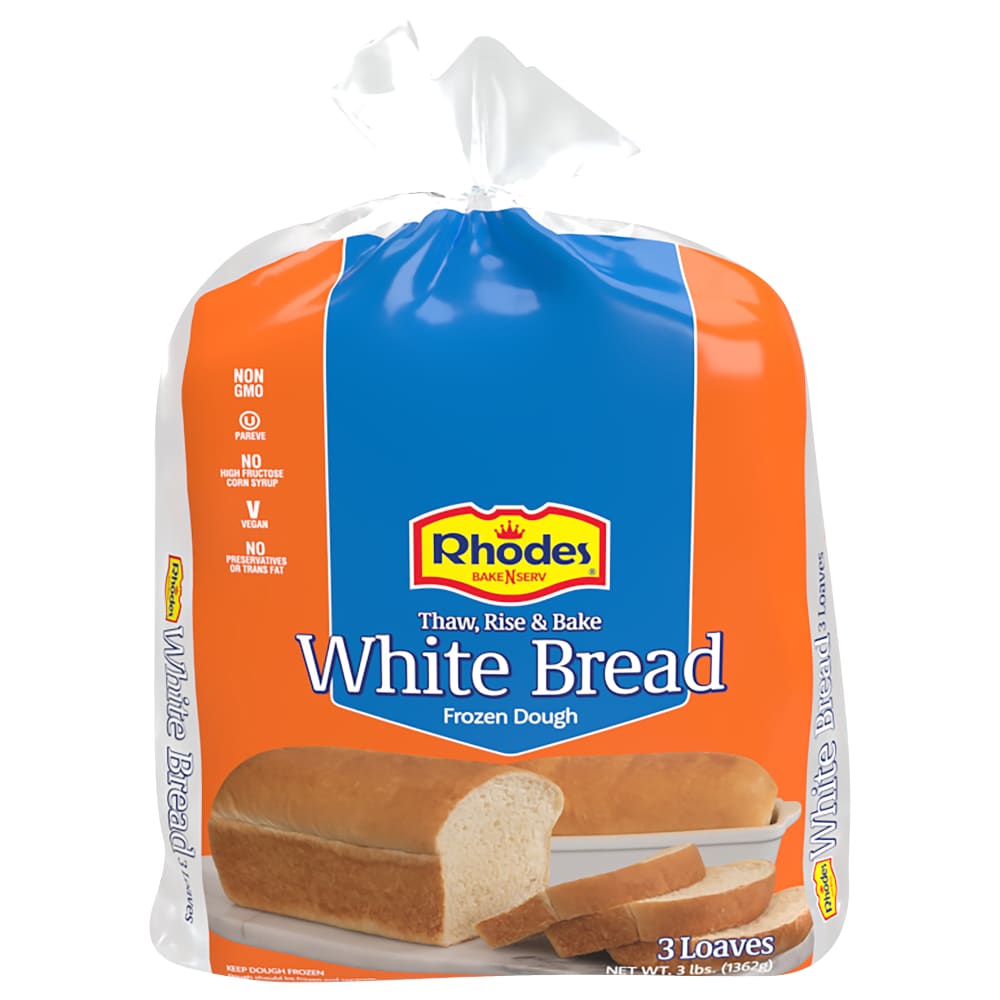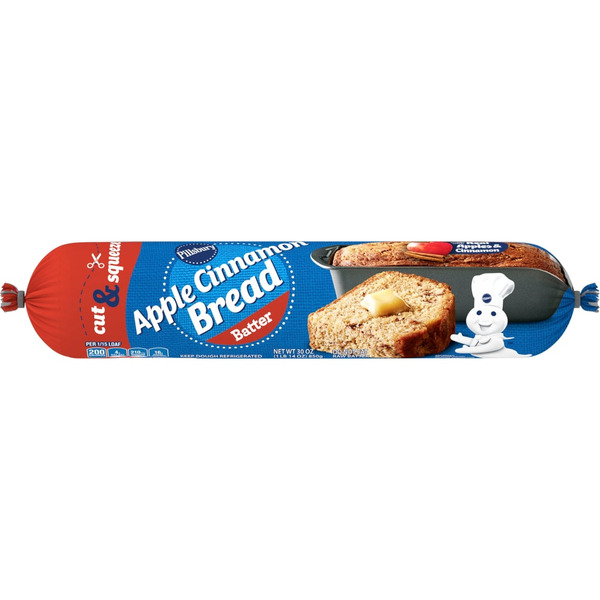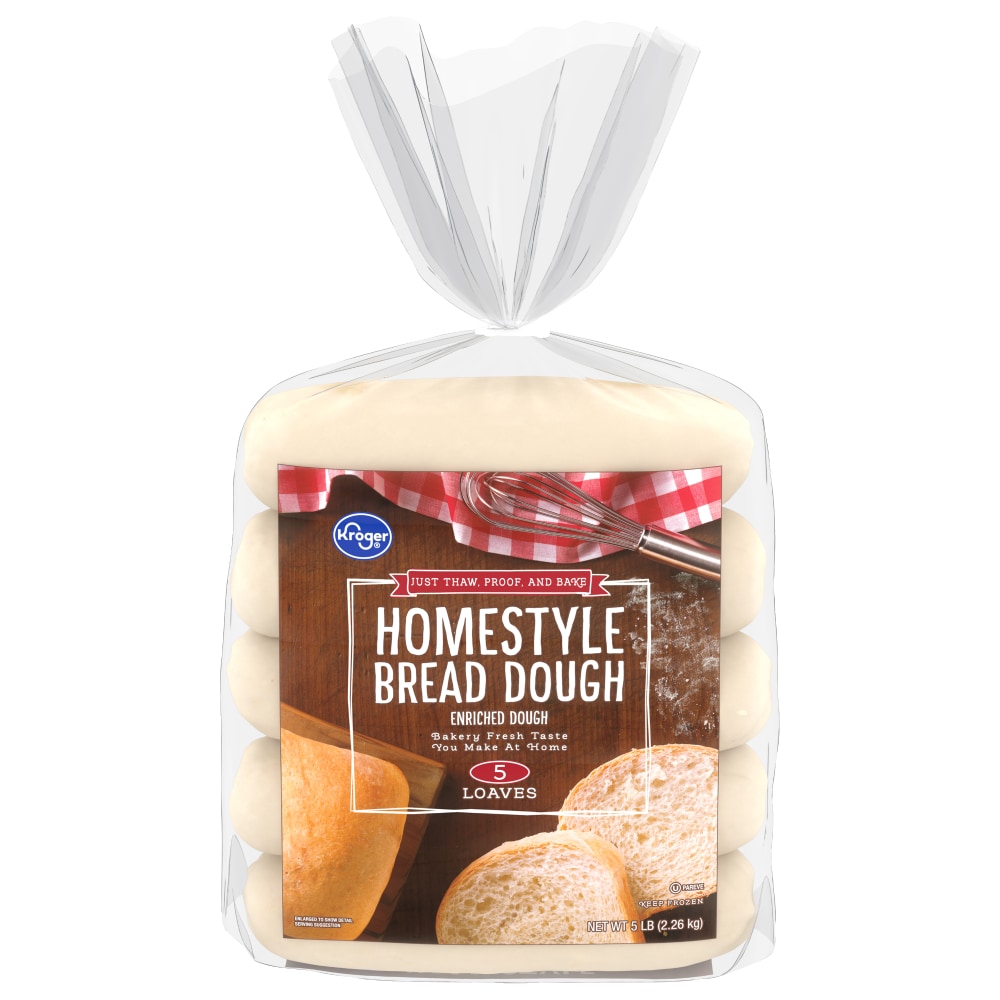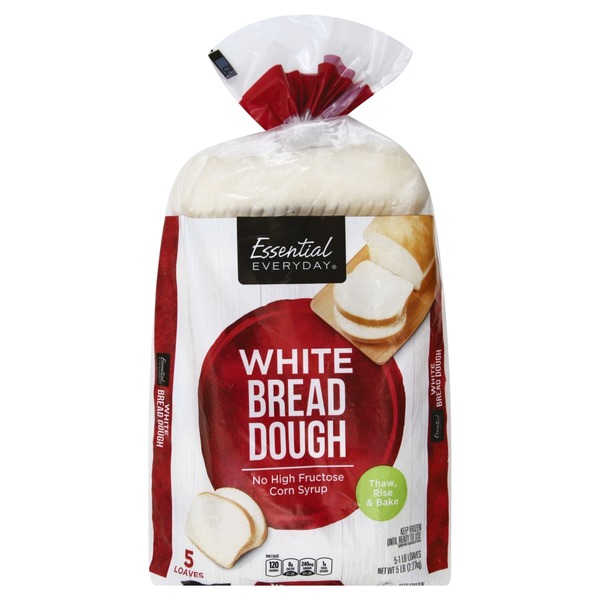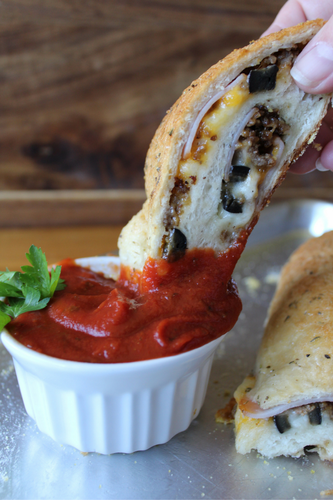Bread Dough
Bread dough is a versatile mixture that serves as the foundation for many types of bread, including loaves, rolls, and even pizza. It is typically made with a combination of flour, water, yeast, and salt, which are mixed together, kneaded, and allowed to rise until doubled in volume, creating a soft and elastic texture perfect for shaping and baking.
Home cooks can easily prepare bread dough using various methods, including traditional hand-kneading, stand mixers with dough hooks, or bread machines. Once prepared, the dough can be used in countless recipes, providing a warm and satisfying addition to any meal.
84%
CARBS
5%
FAT
11%
PROTEIN
60 Bread Dough Products
Rhodes Bake-N-Serv White Bread
Pillsbury Original French Bread Dough
Bridgford Bridgeford Ready-Dough Frozen White Loaves
Pillsbury Apple Cinnamon Bread Batter
Pillsbury French bread 11 oz
Traditional Gusto Cheese Bread Dough
Rhodes 3 Loaf Frozen White Bread Dough 48 Oz
Kroger Homestyle Bread Dough
Kroger® Ready-to-Bake Homestyle Bread Dough 5 Ct Bag
Essential Everyday Bread Dough, White
Used In 6 Recipes
Bread Dough Is Frequently Used With
Bread Dough FAQ
Bread dough can be an exciting, versatile ingredient to work with; however, it can also be slightly intimidating to beginners. The process can be a bit tricky, and where most people go wrong is in the kneading and proving stages. It's easy to either under-knead or over-knead the dough- not kneading enough leaves the dough without enough gluten structure, while over-kneading can cause the gluten to tighten too much, resulting in a heavy and dense bread. When it comes to proving, many have a tendency to let the dough rise for too long or not long enough.
To get the most out of bread dough, always make sure your yeast is fresh; expired yeast won't rise properly. Also, using quality bread flour can greatly enhance the flavor and texture of the dough. Additionally, patience is key: allow enough time for kneading, rising, and baking for the optimum results.
The 'windowpane test' is a great way to check if you've kneaded the dough enough. Pinch a bit of dough and stretch it, if you can see light through it without it tearing, that's a good sign. Also, a great way to tell when your dough has finished rising is by gently pressing a finger into the dough; if the indention springs back slowly, you're ready to bake. Lastly, moisture is important when baking bread, many professional bakers often place a shallow tray of water in the bottom of the oven, this keeps the crust from forming too quickly and allows the bread to rise fully.
Why is my bread dough not rising?
How long should I knead bread dough?
How do I know if I've kneaded my bread dough enough?
How do I know if I've let my dough rise enough?
Can I use all-purpose flour instead of bread flour for my dough?
What's the best way to mix bread dough by hand?
Why is my bread dough so sticky?
Can I over-proof my bread dough?
Why did my bread turn out so dense?
Can bread dough be refrigerated?
Expiration & Storage Tips
When does bread dough expire?
Unopened, commercial bread dough can last up to the printed expiry date on its packaging, usually a couple of weeks in the refrigerator, shorter if stored at room temperature. Once opened, it should ideally be used within 24 hours, or it can dry out and won't rise properly anymore. Homemade dough can last up to 2 days in the refrigerator when stored properly. If you have frozen it, it can last up to 3 months.
How do you tell if bread dough is bad?
Spoiled bread dough has a number of telltale signs. First, there might be a sour or unpleasant odor. Then there's the visual check – if you notice mold or any other changes in color, it’s time to discard it. Also, if the bread dough doesn't rise as expected, that could be a sign that the yeast has lost its potency and the dough is no longer good.
Tips for storing bread dough to extend shelf life
• Always wrap your bread dough tightly in plastic wrap or store in a sealed container to prevent it from drying out.
• For longer storage, bread dough can be frozen. Just wrap it tightly in plastic wrap, then put it in a resealable freezer bag. Thaw it in the refrigerator or at room temperature, then allow it to rise before baking.
• Store opened bread dough in the chiller compartment of your fridge if not using immediately.
• Homemade dough benefits from a slow, cold rise in the refrigerator, and is perfectly safe and beneficial to your bread making process.
EXPIRES WITHIN
6 - 11
WEEKS
Health Info
Macros
24g
CARBS
1g
FAT
3g
PROTEIN
Allowed on these diets
LOW FAT
HIGH CALCIUM
VEGETARIAN
VEGAN
LACTOSE FREE
Contains these allergens
WHEAT

